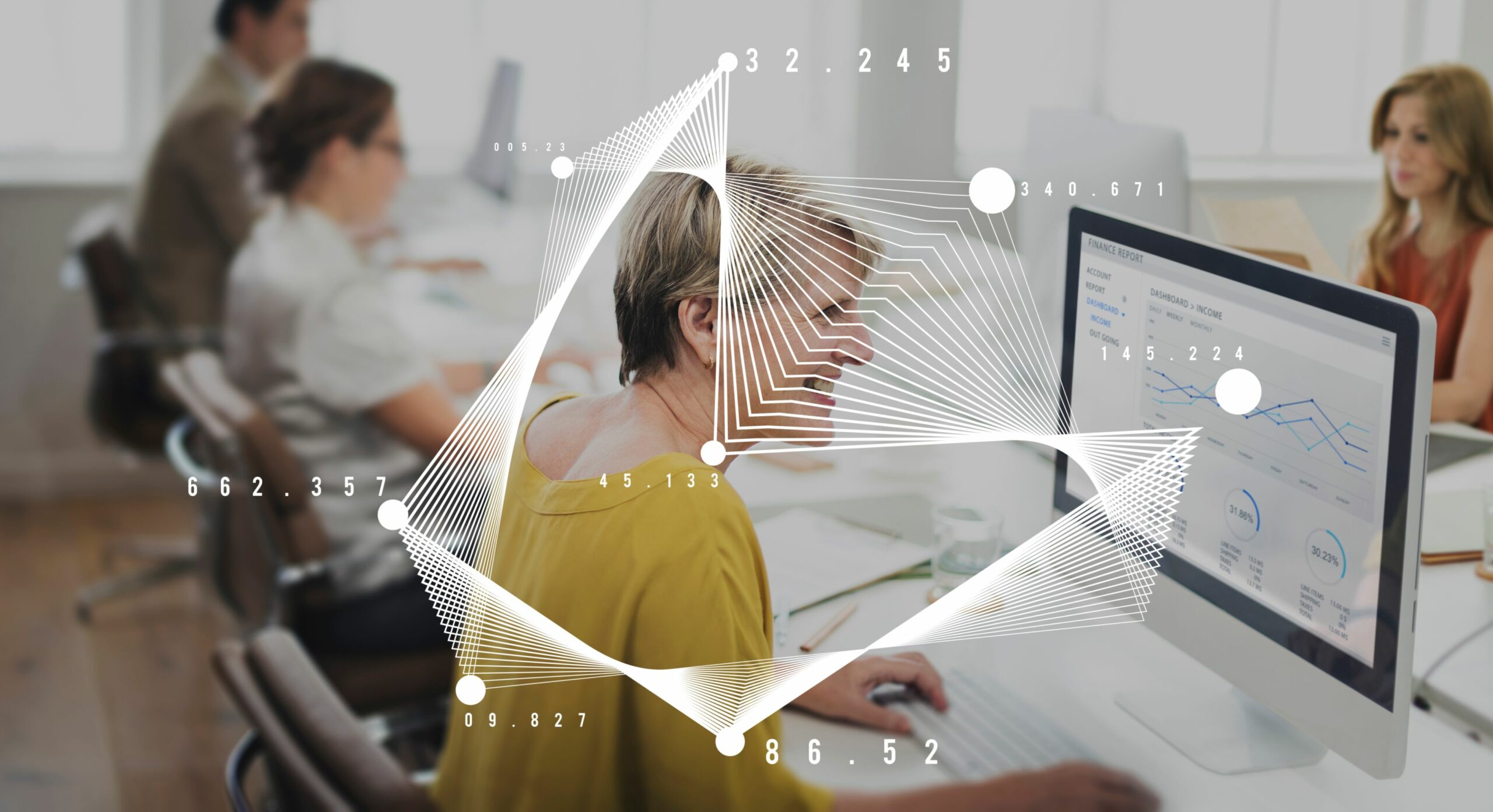Introduction to classification
Have you ever wondered how apps can identify your confront or how protest discovery works or how the suggestion framework works Or how fraud detection works? All of these are conceivable because of classification calculations in Data Science. The supervised learning method of predicting the class of a given data point is called classification. Classes are known as labels. The work of classification is to create a mapping work (f) from input factors (X) to discrete yield factors (y). The yield of classification is continuously discrete.
- For illustration:- Bank has a fraud detection model for credit card transactions. This model is binary classification since there are 2 classes of fraud and not a fraud. Classifiers will be given a few training data to get how input features are dependent on the class (how they depend on certain classes). In this known fraud and not a fraud transactions will be given as input data. When the classifier is prepared precisely, it can be utilized to identify fraud detection.
Why Classification is done
In today’s time, we have huge data sets and we need to separate them into classes to do a study on respective classes. As we know classification gives output in form of discrete values so, it helps us to easily divide classes as we can be given a number to each class and it also helps us decide the class of the given data point.
Classification provides information on the statistical significance of features and is quick and easy, and cost-effective.
Types of learners in Classification:-
1. Lazy Learners
Lazy learners essentially spare the training data and hold up for the testing data. When this happens, classification is performed utilizing the foremost closely related information from the put-away training data. Lazy learners spend less time learning but more time determining than eager learners. Example:- K-Nearest Neighbor since in KNN we calculate the separation between each and each point so it takes time to memorize consequently it is considered a sluggish learner.
2. Eager Learners
Before getting data for classification, eager learners create a classification model based on the given training data. Because of the model’s plan, eager learners require a long time to train and indeed longer to predict. Decision Trees, Gullible Bayes, and Counterfeit Neural Systems are examples.
Different types of classification algorithm and their usage
1. Similarity-Based:-
a. Minimum Distance Classifier
It is utilized to classify the new images into classes with the least distance between them in multi-feature space.
b. k-NN Classification
K – Closest Neighbors is a non-linear classifier (and subsequently the prediction boundary is non-linear) that predicts which class an unused test data point has a place in by deciding the class of its k closest neighbors. These k closest neighbors are chosen based on a few measures like euclidian distance. Class containing most of the neighbors will be assigned the new data point. Because it delivers exceedingly exact expectations, the KNN calculation can compete with the foremost precise models. As a result, the KNN calculation can be utilized in applications that require tall precision but do not require a human-readable demonstration.
2. Probability-Based:-
a. Baye’s Classification
The Bayes’ Theorem is utilized to form the Naive Bayes Classifier. The fundamental presumptions are that all of the features are independent of one another and contribute similarly to the final result; they are all similarly vital. In any case, in genuine life, these suspicions are not continuously redressed (a drawback of Naive Bayes). The Bayes’ theorem lies at the heart of this probabilistic classifier scheme. Because the Nave Bayes Classifier could be a speedy learner, it can be utilized in real-time predictions. It’s utilized in content classification and estimation investigation, for illustration. Credit scoring is done with it. It is connected to the classification of restorative information.
3. Tree-Based:-
a. Decision Tree
The most capable classifier is Decision Tree Classification. A decision tree could be a chart that looks like a tree, with each inside node signifying a test on an attribute (a condition), each branch signifying the test’s conclusion (True or Untrue), and each leaf node (terminal node) holding a class label. Splits are made on this tree to distinguish classes within the unique dataset. Based on the decision tree, the classifier predicts which of the classes a new data point has a place. Level and vertical lines characterize the prediction bounds. Decision trees are a widespread technique in machine learning and are regularly utilized in operations investigation, particularly in the choice investigation, to assist find the leading strategy for accomplishing a goal.
4. Linear Models:-
a. Logistic Regression
Logistic regression is a statistical approach for predicting the outcome of a dependent variable based on past data. It is a typical approach for tackling binary classification issues and is a form of regression analysis.
Application of logistic regression is in house price prediction, medical image processing, etc.
5. Artificial Neural Networks:-
Neural Networks are used when we don’t know the data set’s features and we need to classify the data in a very fast manner. Neural networks are used in speech recognition, face recognition, object detection, language translation, and many more.
Conclusion
The output of classification algorithms is discrete. It helps us segregate vast quantities of data into discrete values or simply we can say it allows us to decide. Classification provides information on the statistical significance of features and is quick and easy, and cost-effective. To learn all the concepts above in a more detailed and efficient manner SkilloVilla is here to help you out. Here you can learn the concepts from experts and will be solving real-life problems. Learn in real-time lectures, solve real-world case studies, and be mentored by top 1% professionals. Be the talent that every industry recruiter is seeking!
